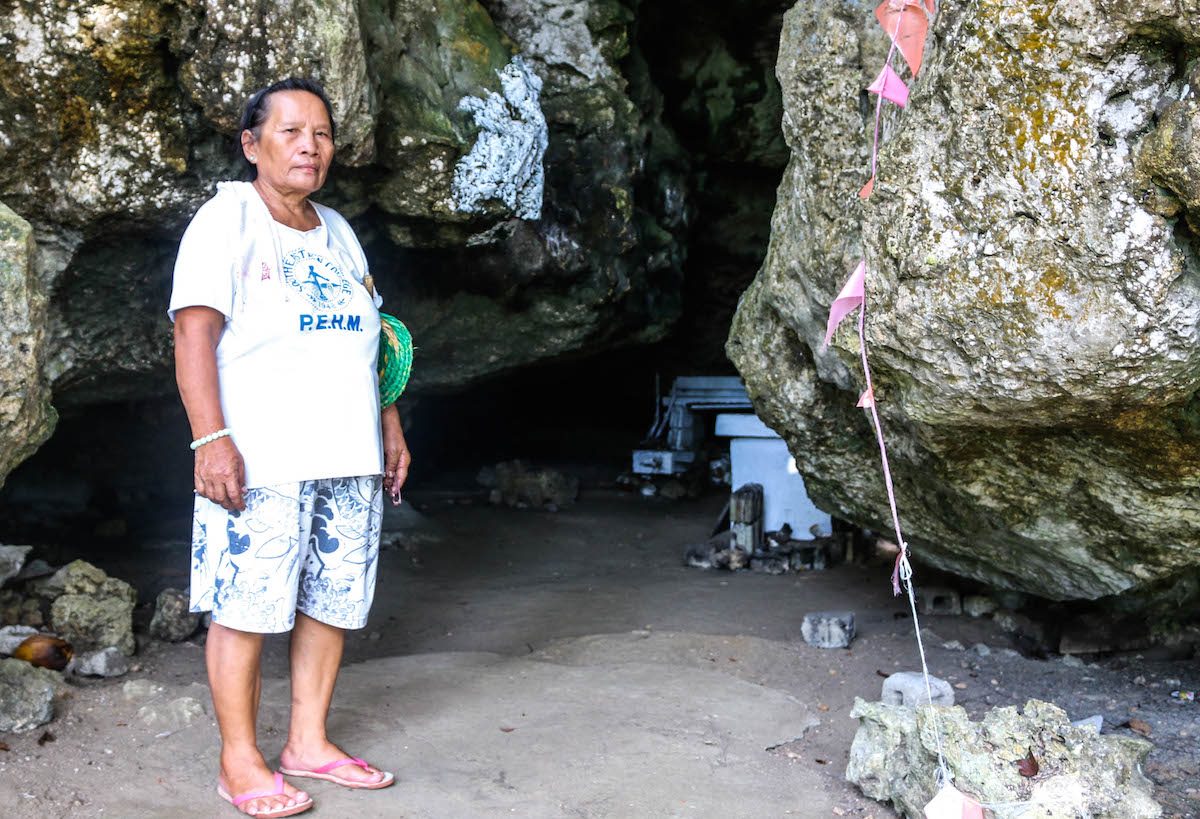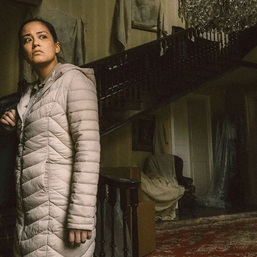SUMMARY
This is AI generated summarization, which may have errors. For context, always refer to the full article.

MANILA, Philippines – Marlita Amande, 67, is from Samar, one of the areas devastated by the storm surge brought on by Typhoon Yolanda (Haiyan) in November 2013.
Like Filipinos in many parts of the country, experiencing typhoons have become a part of life. Marlita’s family members usually stow their valuables and cover them with plastic, hoping that they don’t get wet should water seep into their home.
When Yolanda struck, many people from Basiao village, including Marlita’s family, chose to stay in their homes rather than move to evacuation centers. Sadly, some of them lost their lives.
“When water started to rise and enter our house, we were so scared. We hurried to our neighbor’s house. It was the closest high place for us to run to,” shared Marlita.
When she and her family returned to their house, they were heartbroken with what they saw: the typhoon took everything from them. It was painful for Marlita to see her home and all their possessions gone. Their home had been the foundation of their family since her 5 children were born.
Since that dreadful day, Marlita and her Basiao community have realized the critical importance of preparedness for future disasters.
One of the key concerns identified was to ensure safe evacuation places in case of disasters. Those who live near a church or school had options but for residents of more remote areas, sustainable evacuation points needed to be established.
Community leaders began to think of places that could safely house small groups of people. One area identified was Saob caves, a tourist destination which used to be a refuge for people during World War II. Inside the cave, personal items can still be found such as hair combs, kitchen utensils and plates – signs that it was someone’s home many years ago.
“A day before Typhoon Hagupit, our village officials went from house to house to warn people that there was a strong typhoon coming. They encouraged people to evacuate,” said Marlita.
When community members heard the announcement, people no longer had the desire to stay at home, remembering the suffering inflicted on them by Typhoon Yolanda. They knew they needed to evacuate and began preparing for the worst, while hoping for the best. Marlita and her family went to the Saob caves.
“We hurriedly prepared things that we needed for evacuation. We brought a few clothes, and food that would last a few days, like canned goods and bananas. We tied the roof of our house down with rope, and put heavy materials on it so that it wouldn’t get blown away,” Marlita added.
As they walked into the cave, they saw fossils. This made Marlita think about how her family and their ancestors used caves as protection from disasters.
“My family, together with 15 other families, stayed in the cave the night Typhoon Hagupit visited Samar. We felt secure from wind and water. It is really high up so water would not be able to reach us, and there is no chance of being blown away. Many areas around the coast were damaged, but we were safe in the cave,” she said.
“Thankfully, we have modern technology that is communicated to our village leaders and they warn us when disasters are coming, so we can pack up our valuables and head for safety well ahead of time,” she said
Marlita feels safe and assured knowing that Saob cave is their evacuation point. She and her family will continue to practice the same kind of preparedness for future disasters. – Rappler.com
Add a comment
How does this make you feel?















There are no comments yet. Add your comment to start the conversation.